"SEC | S20W4: "ROLE OF AGRICULTURE IN THE ECONOMY"
I'm excited to participate in the SEC | S20W4: "Role of Agriculture in the Economy" contest organized by @xkool24 . Yes ariculture feeds us, provides jobs, and supports our communities.Thank you for this opportunity.So let's start.🤗🌸🌼
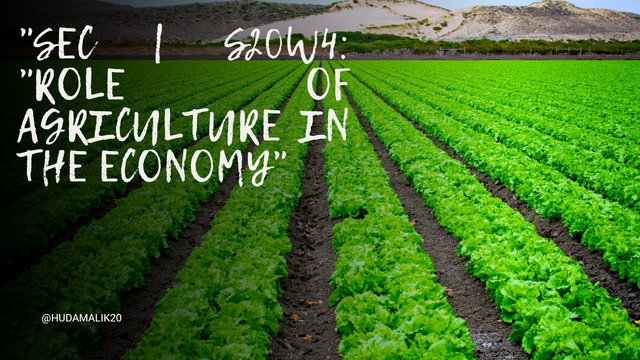

1. Explain the social and industrial roles of agriculture in your country, citing one of the main grown crops.
In Pakistan, particularly in Punjab where I live, agriculture is the backbone of the economy, and a large portion of the population is directly related to it. Most people here are farmers or landowners, and they rely on agriculture for their livelihood.
Farmers work hard to cultivate crops, providing food and employment for others. This sector forms a crucial part of the economy, not just through food production but also by supplying raw materials to various industries.
In Punjab where I live , one of the most important crops is cotton. Cotton is heavily used in the textile industry, which is a significant part of our economy. Many communities and industries rely on cotton for their economic activities. Cotton is grown in several regions of the country and then sent to industries where it is processed into fabric.
The fabric is used to make clothes that are not only worn locally but also exported to other countries , and several well known brands in our country send these products abroad, contributing to national income.
I live in a province where many industries are involved in making clothes from locally produced cotton, and we often wear garments made from these fabrics. Most of the clothing we use comes from local textile industries, and although we import some clothes, a large part of the clothing industry is sustained through our own agricultural produce.
Also more crops like rice and wheat are also majorly grown in this region. Rice, particularly, is an important export product for Pakistan, contributing significantly to the economy. Different types of rice are cultivated and exported to various countries. Wheat is another essential crop grown across many areas.
It is used to make bread and other food products, some of which are also exported, bringing in additional income. Each year, large quantities of wheat are sent to other countries, and various food products made from it are also exported, further supporting the economy.

2. How has this main grown agriproduct helped in reducing poverty and promoting rural development in your country?
Yes, if we talk about a product that significantly benefits our country, cotton is one of the top crops. It is mainly grown in the Punjab region, where I live, and it is also cultivated in several areas around us.
Cotton provides employment to many people, as a lot of work is done manually due to the lack of advanced machinery. This helps in creating jobs for people who are involved in the entire process, from planting to harvesting.
After cotton is harvested, it is sent to factories for further processing. The government also makes agreements with farmers to export the cotton to other countries. When factories purchase cotton from farmers, it provides them with a good profit. This allows farmers to afford essential needs such as food, healthcare, and education, improving their quality of life.
Our local economy benefits from cotton production, as many people are involved in this work, securing jobs and livelihoods. Factories use this cotton to make clothes, which are worn locally and also exported to other countries. This has a positive impact on the country's development, and even small landowners who grow cotton on their land earn a good income from it.

3. What are the main challenges facing your country's top crops (e.g., cocoa, palm, maize, wheat, rice, etc.) in terms of economic impact?
Yes, farmers in my country face several challenges when growing these crops, which can affect both production and crop conditions. As I mentioned earlier, our top crops are wheat, rice, and cotton. However, farmers often encounter difficulties.
First, even though there is a canal system that provides water to different areas on scheduled days, sometimes the system fails. The canals may break or get damaged, which delays water supply to the fields, leading to the risk of crops drying up.
Sometimes, the government unexpectedly stops water flow in the canals, leaving farmers without the water they need for their crops, which is crucial for healthy crop growth.
Another major challenge is the spread of diseases and pests that attack crops. Many harmful insects damage crops, reducing both their quality and quantity. If farmers are not aware of these pests in time, they can lose a large portion of their wheat or other crops.
The government has tried to educate farmers about this and has provided free pesticides so they can spray their crops to protect them from these pests.
And farmers lack access to modern machinery because it is too expensive. As a result, they still rely on traditional methods, which require a lot of physical labor. If they had access to machines, their productivity could increase, but most farmers cannot afford them, so they can only produce as much as their manual efforts allow.
Weather is another unpredictable factor. It doesn't always remain the same, and sudden changes like unexpected monsoon rains or heatwaves can severely damage crops. For example, when wheat is almost ready to harvest, sudden rain can ruin the crop. Excessive heat or long periods without rain also affect the crops negatively, causing great losses for farmers.

4. What current or past government initiatives are boosting agricultural productivity in your country?
Yes, the government of our country is taking many initiatives to increase the productivity of farmers because agriculture plays a vital role in a country's development.
First of all, a package has been introduced through which farmers can get subsidies on fertilizers and take loans at subsidized rates.This helps farmers cover their expenses related to growing crops, such as buying seeds, paying electricity bills for tube wells, and purchasing fertilizers.
Once they earn profit from their crops, they can repay the loans to the government. This initiative encourages farmers to work harder on their crops, knowing that they can repay the loans later, ultimately improving crop production.
Moreover, our government has made efforts to improve the water system. Previously, the irrigation system was quite poor, but now new canals have been built to reduce water wastage, and roads have been repaired to prevent water from spilling. This ensures that farmers receive water on time for their crops.
Our government has also introduced low interest loans so farmers can buy equipment such as tractors, harvesters, and other farming tools. With these loans available at affordable installments, farmers no longer need to borrow money from others at high interest rates. This enables them to purchase modern machinery, which helps them improve their crop yields.
Our government has set up awareness programs to educate farmers about climate change and diseases affecting crops. I have seen camps in various places where farmers can learn about pests and diseases that harm crops. They can also get medicines and sprays to protect their crops, especially wheat, from getting damaged. This is another excellent initiative to help farmers deal with the challenges they face.

5. What solutions can enhance agricultural productivity and growth in your country?
Yes, as I mentioned earlier, to improve agricultural productivity, we need to adopt modern methods. Farmers in our country are still using old techniques to grow crops, and they aren't well informed about new technologies.
If they are trained and introduced to modern techniques, they will be able to monitor their land and crop conditions better. For example, in many developed countries, farmers use advanced systems to manage resources like water and fertilizers efficiently. Our farmers should also be introduced to such technologies so that they can use their resources wisely and improve their crop production.
Another major issue farmers face is protecting their crops from pests. Currently, most farmers in our region mix the spraying material with water in large drums and manually spray their crops. This process takes an entire day, and it’s exhausting.
Providing farmers with modern machinery for spraying can help them manage pests more effectively and save time. With proper spray equipment, they can protect their wheat and other crops from insects and diseases, preventing losses.
Farmers need more support and encouragement from the government. Often, farmers work hard all year long expecting good profits, but the prices of crops are unpredictable.
For example, last year, the price of wheat dropped unexpectedly, causing significant losses for many farmers. The government should ensure that farmers get fair prices for their crops and that they are supported during difficult times.
Natural disasters, such as storms and floods, also cause substantial damage to crops. The government should assist farmers by offering support and rebuilding efforts after these disasters. Moreover, the irrigation system needs improvement to ensure timely water delivery to all crops.
Better infrastructure, such as roads, is essential to help farmers transport their crops and machinery. Most farmers live in remote areas, so providing them with good transportation and access to markets will help them improve their productivity.
That's it from today's blog I hope you will like it. With best wishes ❤️. Now I like to invite @rumanaafroz, @norat and @tripple-e to participate in this amazing contest.
Thanks alot for reading ❤️🤗 .
My introduction post

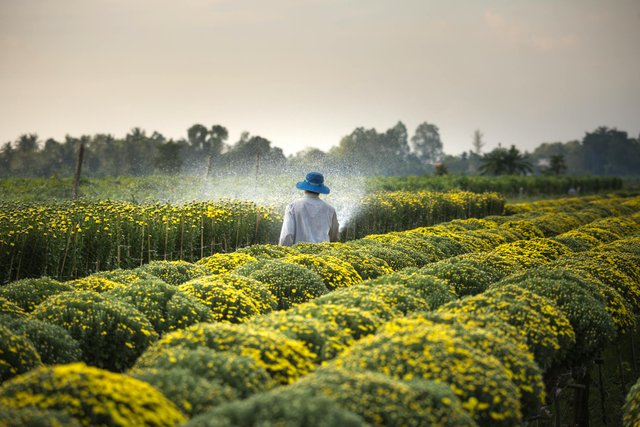

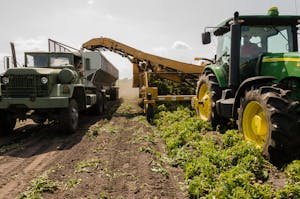
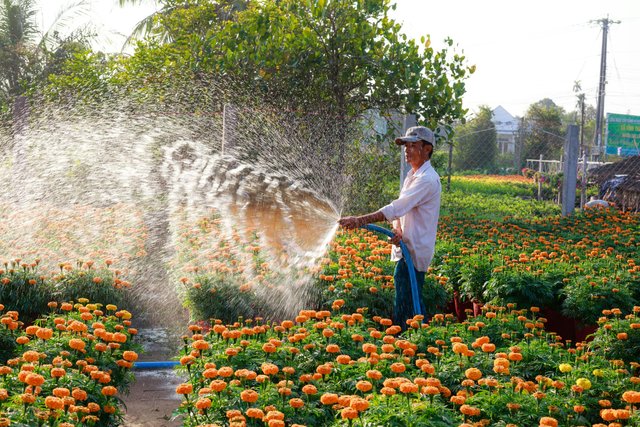
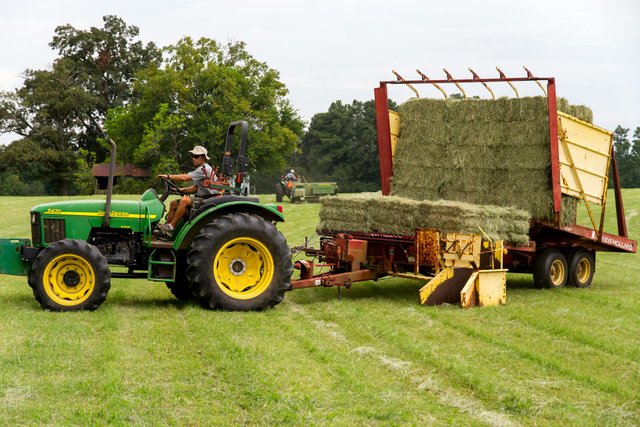
Upvoted. Thank You for sending some of your rewards to @null. It will make Steem stronger.